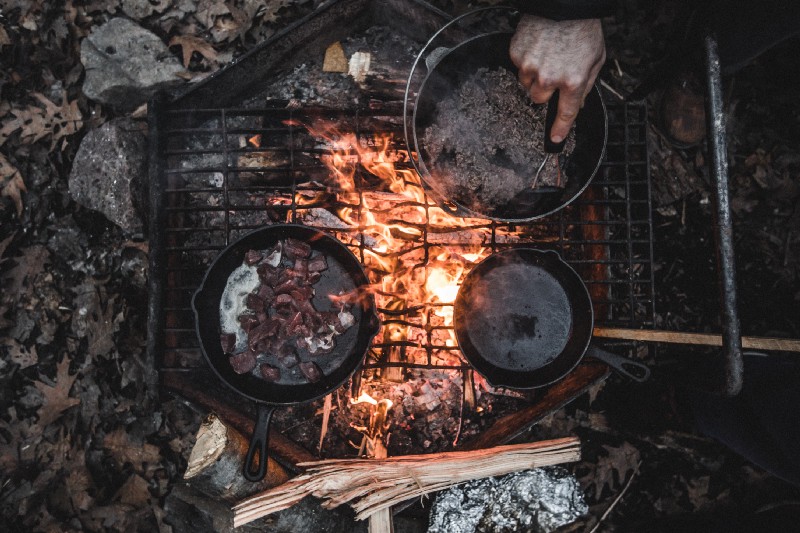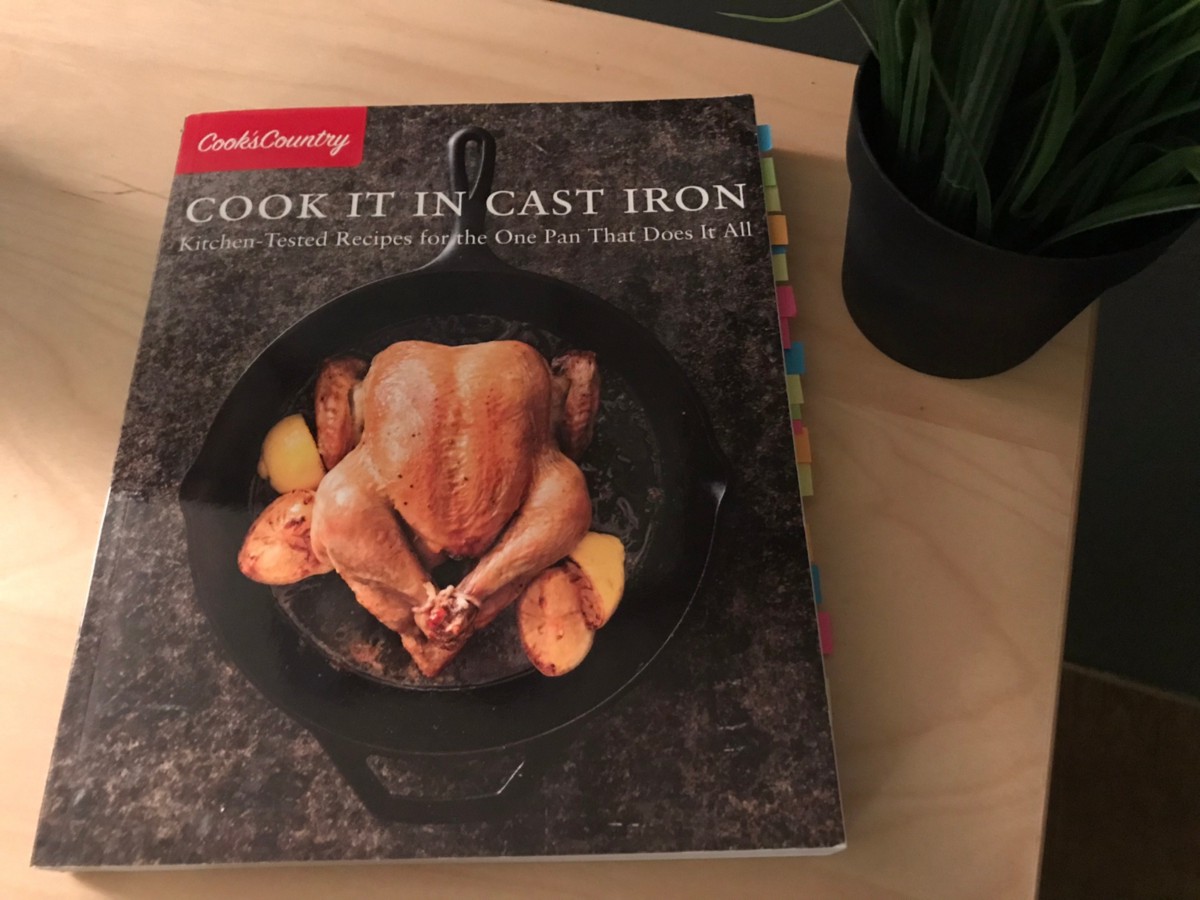
I swear by various prized possessions, but perhaps none more than my favorite cast iron skillet. This skillet has been the starting point to nearly every meal I’ve cooked for myself as an adult. I’ve had a deeper, more serious, and more committed relationship with this heavy-duty piece of cookware than I have had with nearly every other human being on the planet.
Now this is not a freshly-purchased Lodge skillet that I picked up from the bargain bin at Wal-Mart to make myself feel sophisticated. And it certainly wasn’t purchased in an attempt to connect with some hipster-loving piece of my soul. In fact, I never purchased my cast iron skillet. The one I use every day was left behind by my grandmother after many years of dedicated service and good old fashioned county cookin’. The cast iron skillet is not some hipster fad, and is not an over-hyped trend. It is a tried and true staple that has served humans since at least the late 1800s.
There are reasonable people who say that a cast iron skillet is one of several important pieces of kitchen cookware, all with their own special use cases and unique abilities, then there are absolute lunatics who say that a cast iron skillet is the only frying pan or skillet you ever need to own. I am, of course, one such lunatic. A cast iron skillet is pretty much the only piece of cookware you need to own (okay, maybe a pot to make soup or pasta with, but that’s it!).
So why is cast iron so great? Let’s count the ways.
- You can use it on the top of the stove, as well as in the oven, as well as on a grill or over an open fire. Better yet, you can mix and match, and jump between heat sources as you wish. Nothing matches the versatility of a cast iron skillet.
- It has unparalleled heat distribution and retention properties. These things get hot, spread the heat out relatively equally over the cooking surface, and they stay hot for ages. Great for leaving round 2 of your dinner in the pan to stay warm as you devour round 1.
- Well-seasoned skillets have great non-stick properties, yet the surface provides a remarkable area for searing and browning food.
- They are dependable and indestructible. You ever damaged a cast iron skillet? Bet you haven’t.
- You can use them to cook literally everything. I own one cookbook in my house, and it’s just filled with recipes to use with cast iron skillets. You want pizza? It makes an amazing deep dish (or thin crust). Lasagna? Bingo. Mexican food? It will make fajitas so good your tongue will slap your brains out. Steak? Potatoes? I dare you to name something you can’t reasonably make better with a cast iron skillet.

Okay, fine, you say. But what about the downsides?
- You have to re-season them a couple times a year. I love re-seasoning day. The first day of Spring, when the weather is warm, I open all the windows of my house, scrub the old seasoning away, give it an oil massage, then stick it in the oven at 500 degrees and within an hour I have a perfectly seasoned skillet again. So what else you got?
- They’re difficult to clean. Bullshit, you just have to know the technique.
Nate’s Top-Secret Cast Iron Cleanup Instructions
- Put kosher salt in one of those round, wooden bamboo holder thingys.
- When your pan is dirty, while it’s still kinda warm but not hot, dump a liberal amount of the kosher salt into the dirty pan.
- Take a warm, wet dish rag with little-to-no dish soap (a smidge is fine, but don’t use too much or you’ll damage the seasoning) and scrub that sucker using the salt as an abrasive.
- Dump the guck into the bin and rinse with water.
- Heat it up again to let the water evaporate so rust won’t collect. If you’re in a hurry, use a towel.
Cast iron skillets are a gift to humankind and should be treated with the admiration and respect they deserve. If you have any anecdotes to share or similar expressions of love that you want to add, please be sure and leave a response.